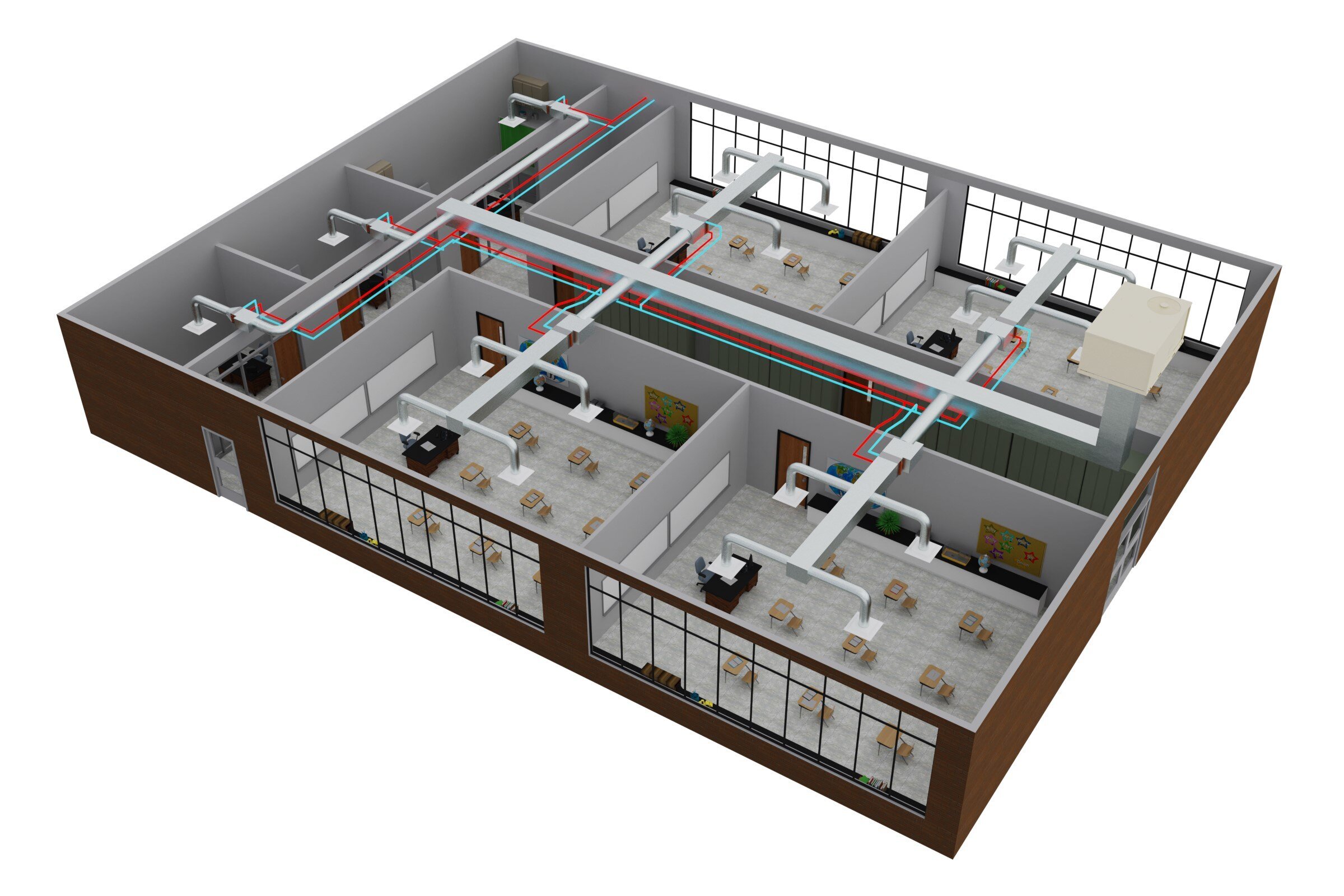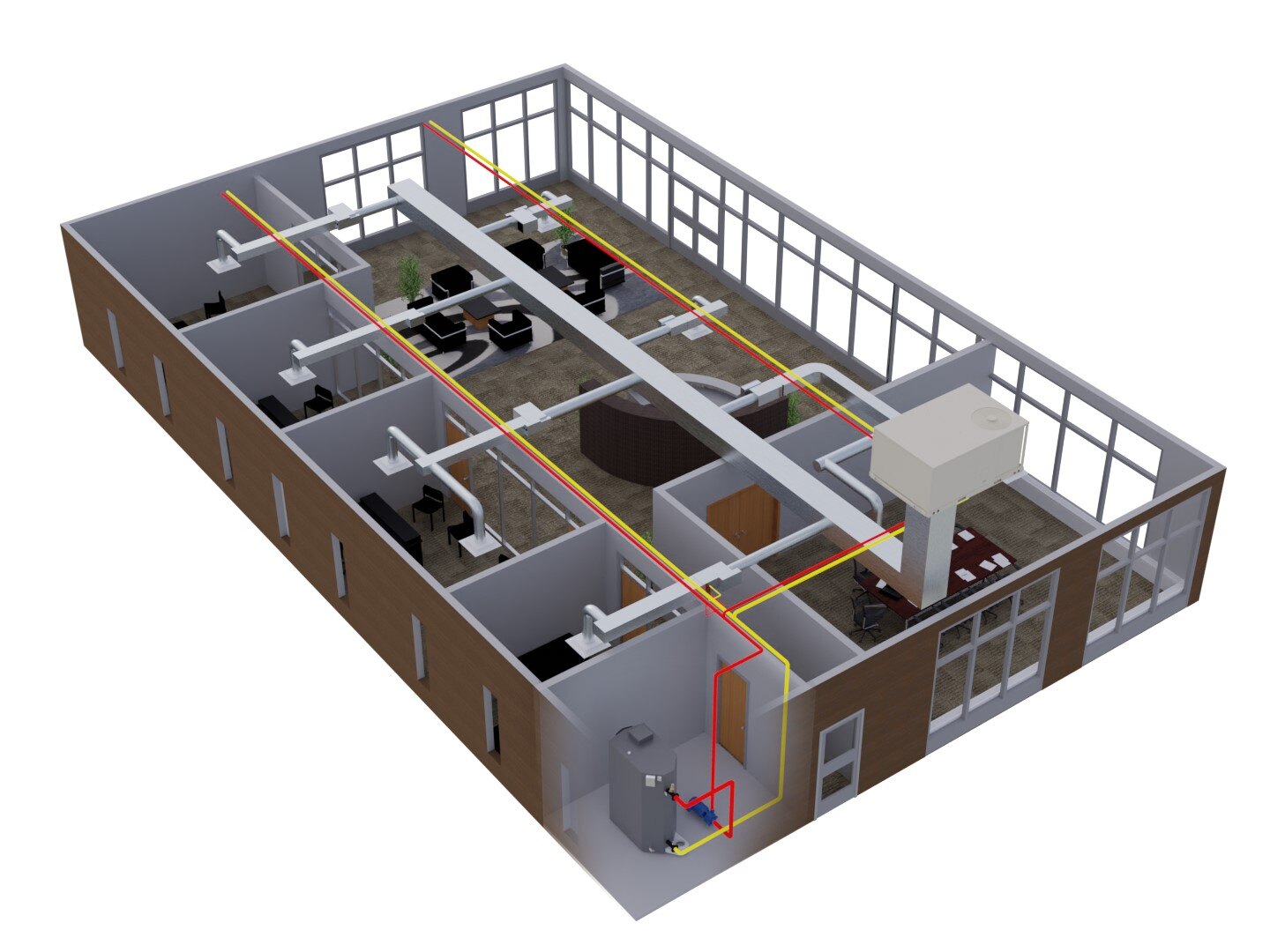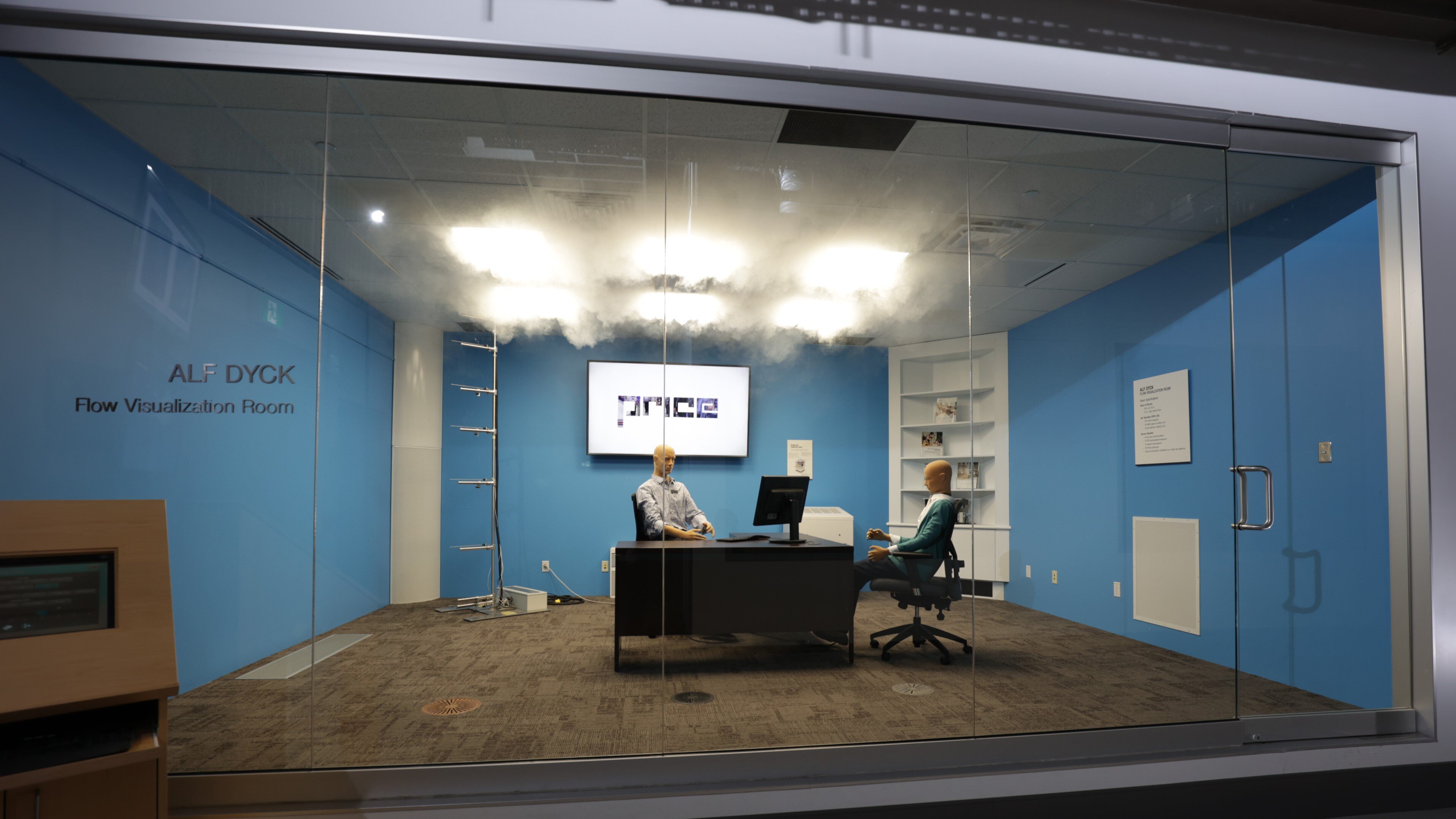Strategies to Save Energy and Reduce Costs
In the HVAC industry, we’re seeing the trend toward decarbonization and electrification affect the built environment more and more every year. It is therefore critical to improve HVAC system performance through better design, selection and control.
Read More
Topics:
GRD,
Diffusers,
Pressure Drop,
Terminals,
HVAC Fundamentals,
HVAC,
Engineering,
Design Engineering
Where Zone Control Meets Design Flexibility
As we discussed in our last blog post, single-duct VAV systems with hydronic reheat are one of the most popular commercial HVAC air distribution systems in North America. These systems provide heating, cooling and ventilation by regulating airflow and hot water.
Read More
Topics:
Terminals,
HVAC Fundamentals,
HVAC,
Engineering,
Design Engineering
How Choosing the Right Coil Can Optimize Single-Duct VAV Systems
When it comes to commercial HVAC air distribution systems, single-duct VAV systems with hydronic reheat are one of the most popular in North America. As decarbonization and electrification efforts continue to impact the built environment, it is critical to maximize the efficiency of these systems and reduce their natural gas usage.
Read More
Topics:
Pressure Drop,
Terminals,
HVAC Fundamentals,
HVAC,
Engineering,
Design Engineering
Determining the Right Amount of Airflow for a Space
At Price, we pride ourselves on being industry leaders in room air distribution. Our manufactured products are designed around a common goal: to keep the room air clean, dry and comfortable. This is often accomplished by blowing a jet of conditioned, fresh air through a grille, register or diffuser (GRD) throughout a room to properly ventilate it.
Read More
Topics:
GRD,
Diffusers,
Grilles,
Displacement,
Underfloor,
Thermal Comfort,
HVAC Fundamentals,
HVAC,
Engineering,
Design Engineering,
Tech Tip
Expansion Welcomes a New Era of Manufacturing
Since starting operations in 2019, Price’s Crestridge factory in Georgia has become the US base for production of many HVAC products, including chilled beams, underfloor air diffusers, fan columns and other products for Sustainable Systems; plenums for GRD; and silencers and acoustic panels for Noise Control.
Read More
Topics:
Noise Control,
GRD,
Underfloor,
HVAC Fundamentals,
HVAC,
Engineering,
Design Engineering,
Tours







